We knew we were getting closer to Santiago de Compostela as we saw more and more of the scallop symbols – on cardboard posters glued to sidewalks, or wooden signs nailed on tree trunks - and as we encountered more and more pilgrims by the roadsides.
In a little over two hours, we arrived at the plaza fronting the Cathedral of Saint James. It was bustling with activity. There was a huge group of bikers having a picnic party beside the pile of mountain bikes and equipment in one corner, a band of musicians performing before an appreciative crowd in the other, and tons of tourists milling about, taking photographs and going in and out of the side-by-side souvenir shops.
We headed straight to the cathedral. The interior of the church, with its cruciform shape, barrel-vaulted ceilings, arched doorways, and two side aisles along the nave, contains Baroque features that seamlessly blend with the early Romanesque style.
Our Tour Director led us to the high altar which enthrones one of the representations of St. James - Santiago Apostol (St. James the Apostle) in full bejeweled regalia. The other two – Santiago Matamoros (St. James the Moor-Slayer) mounted on a white horse, and Santiago Peregrino (St. James the Pilgrim) garbed in the traditional pilgrim attire – are displayed in other areas of the church.
The Santiago Matamoros statue, located in the north transept of the cathedral, was controversial for a time. At the wake of the 2004 Madrid bombings perpetrated by radical Islamists, there was talk about its removal from the church "in an effort to seek harmony and understanding with the Muslim community in Spain and to prevent anger from the Arab-Muslim world." However, the church reversed its decision following a public outcry. According to them, "one should not seek to demolish any historic masterpieces just because of an unfortunate event, and no Muslim imagines Mecca being demolished just because it might offend non-Muslims." I believe that the more appropriate title now is Santiago Caballero (St. James, the Knight) that emphasizes his role in the context of the Reconquest. A similar statue also crowns the canopy of the main altar.
The Santiago Peregrino statue is at the east façade of the cathedral. It is the most widespread representation of Saint James - clad in a tunic, cloak, cape, and sandals, and armed with a staff, in imitation of medieval pilgrims. A similar statue crowns the dressing room of the main altar and is adored by the figures of two kings.
Like most pilgrims’ churches, the cathedral’s side aisles are extended and are wrapped all the way around the apse behind the altar. This enables arriving pilgrims to walk around the church without disturbing ongoing religious services. We joined the line-up on the right aisle and waited for our turn to embrace the saint’s statue from behind the altar. It is tradition for a pilgrim to climb up the stairs into the tiny room behind the altar and hug Saint James.
It was a long but interesting wait. I marveled at the numerous chapels radiating from the main altar, each dedicated to a saint, and each housing images dating back to the medieval times. Many of them were built to serve as the final resting place for noble families in those days, but are also used in the present time for private functions, such as weddings and baptisms. A few of these chapels have relics.
Most notable is the Capilla de Relicario (Chapel of the Reliquary) which has a gold cross dating back to 874 and contains a piece of the True Cross.
Another interesting one is the Capilla del Pilar (Chapel of the Pillar) dedicated to the legendary apparition of the Virgin Mary to St. James while he evangelized in Roman Hispania. It features scallop shells and the red cross-shaped sword of St. James.
Next, we went to the crypt of St. James, where his remains are said to be buried, to pay our respects (the relics were authenticated by Pope Leo XIII in 1884). Upon exiting, I came upon more chapels around the apse and towards the right was a granite entryway leading to the Church of Santa Maria a Antiga da Corticela, originally an independent church built in the 1200s, but is now incorporated into the cathedral.
We also passed the Portico de la Gloria (Glory Portico) depicting an iconographic theme from the Book of Revelations – Jesus sitting on the throne, the Four Evangelists with their scrolls, a couple of angels, and St. James in a column just below Jesus’ feet. This is considered the finest example of medieval sculpture.
Our Tour Director told us that pilgrims who have completed their journey follow a four-step tradition upon arrival at the St. James Cathedral. The first one begins at this portico, where pilgrims have to rest their hands on the feet of Jesus and on the column where St. James leans upon and say a prayer. If you look closely, you can still see the indentations left by the pilgrims’ hands over the centuries. Nowadays, this is fenced off for preservation purposes.
Beside it, also fenced off, is a statue of Maestro Mateo, the master builder responsible for designing this portico. This is where pilgrims do the second step - bump heads with his likeness three times to receive the blessings of his genius, for he was considered a remarkable architect of his time.
The third step is to hug the statue of St. James at the High Altar to thank him for a safe journey and for all the lessons learned along the way. The last is to visit the tomb of St. James underneath the High Altar.
We did all these, but not in that particular order. I told our Tour Guide that I will keep this in mind if I do get the opportunity to embark on a pilgrimage. I will make sure I do these steps from one to four...in the proper order!
Back at the altar, our guide showed us the massive silver botafumeiro (thurible or censer) hanging from the ceiling, which is a key element of the Pilgrim’s Mass. This Mass is held daily at noon for the pilgrims. During the Mass, the names and countries of origin of the pilgrims who received the compostela the day before are announced and they receive their blessing. The botafumeiro is swung from one end of the transept to the other in a grand ceremony accompanied by the singing of the Hymn of Santiago, as fragrant incense fills the cathedral with its woody scent.
At that moment, all we could do was take photographs of the stationary censer. It would have been great to witness this grand ceremony but we arrived in Santiago in the afternoon and would be leaving at mid-morning the following day. Perhaps, one day, when I find the opportunity and the courage to do the camino, I can take part in this and even have my own name announced.
Photo Credits:
spain.info, stephenD (Wikipedia), dosde.com, bugbog.com, ultreyatours.com, 206tours.com, catedraldesantiago.es, andaspain.com, trevorhuxham.com, alberguemilpes.com







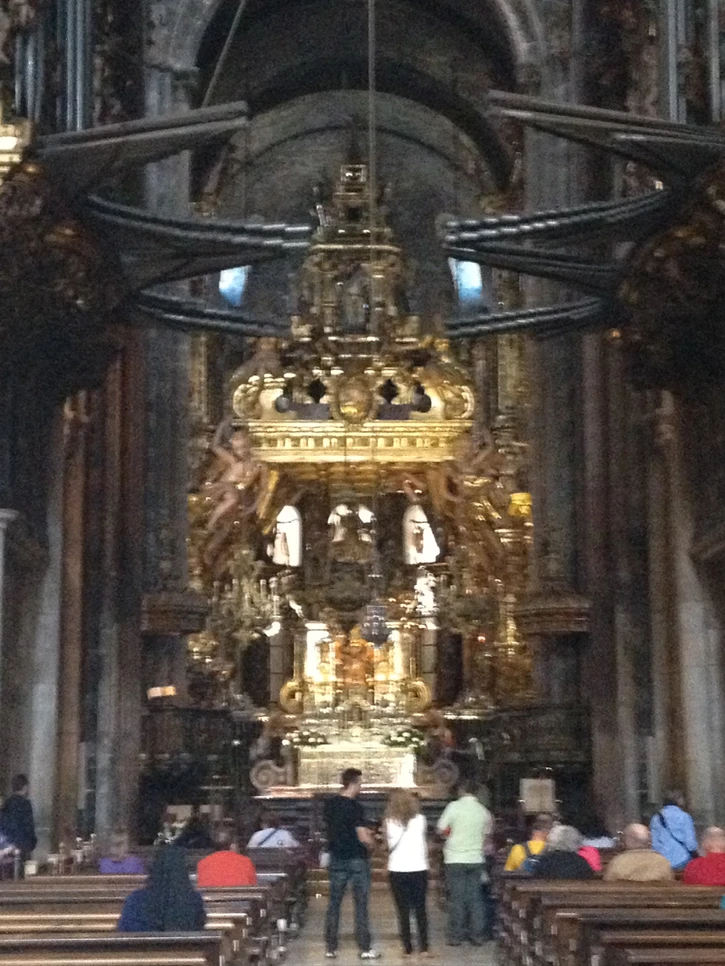
















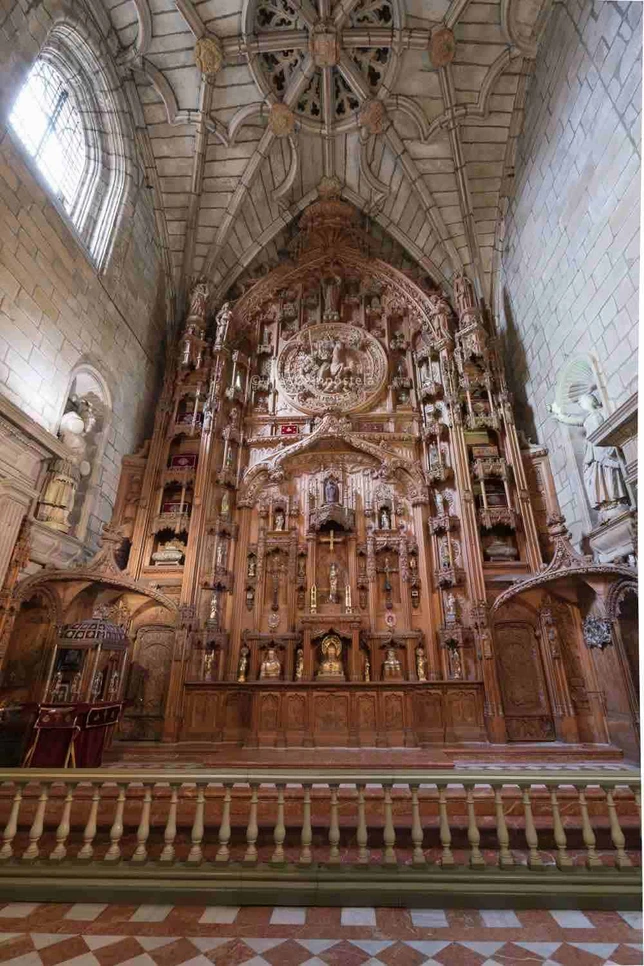
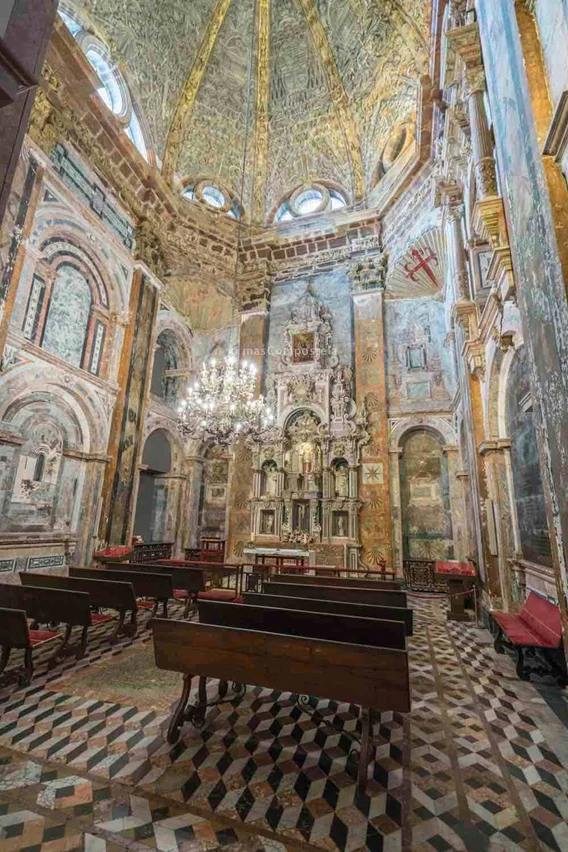












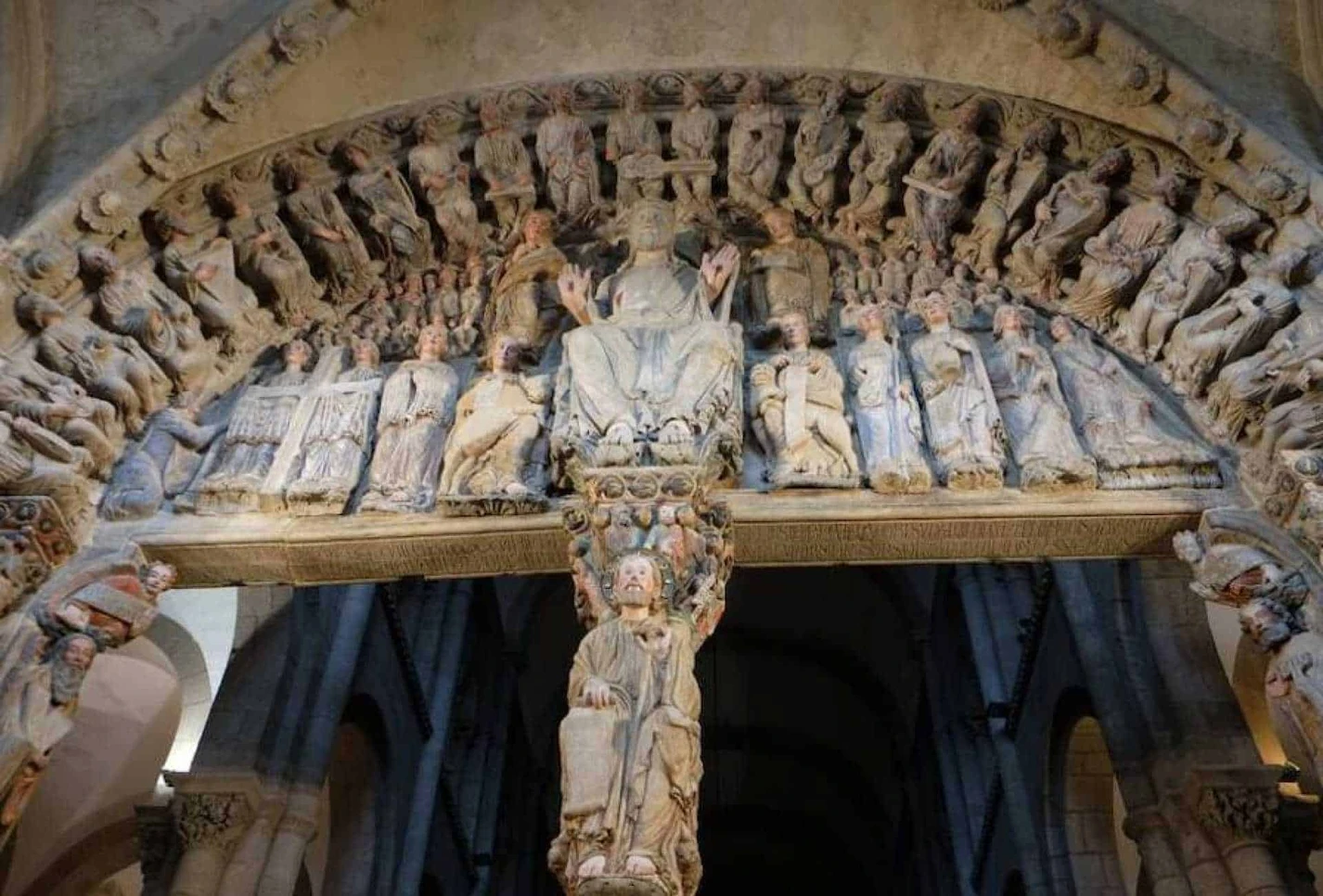


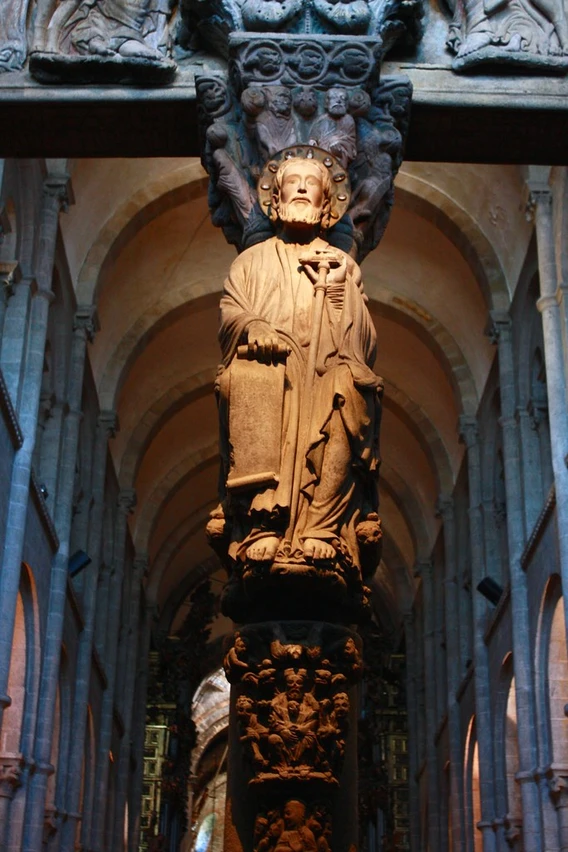







Comments